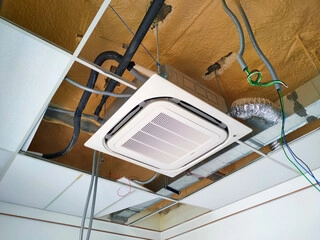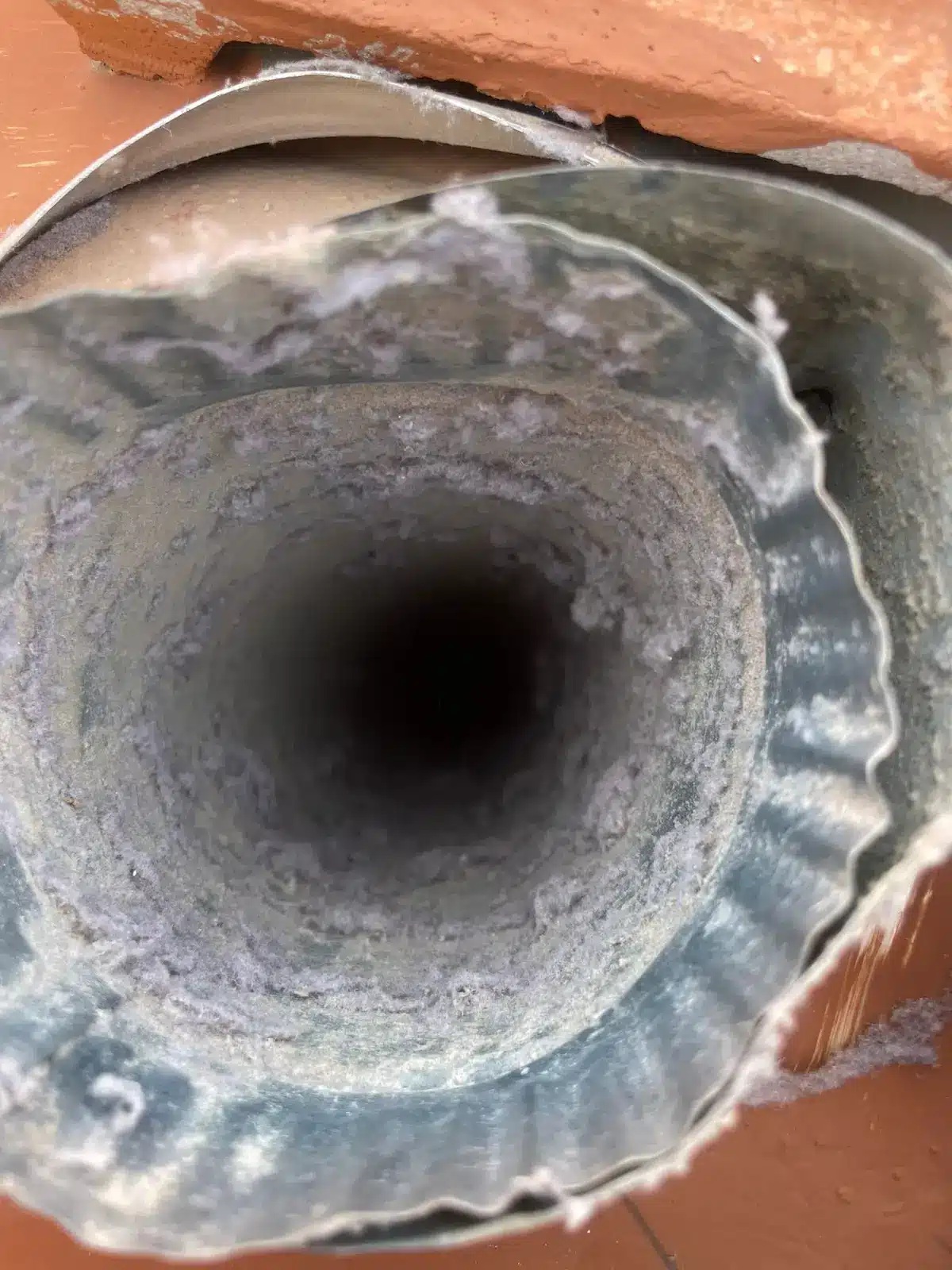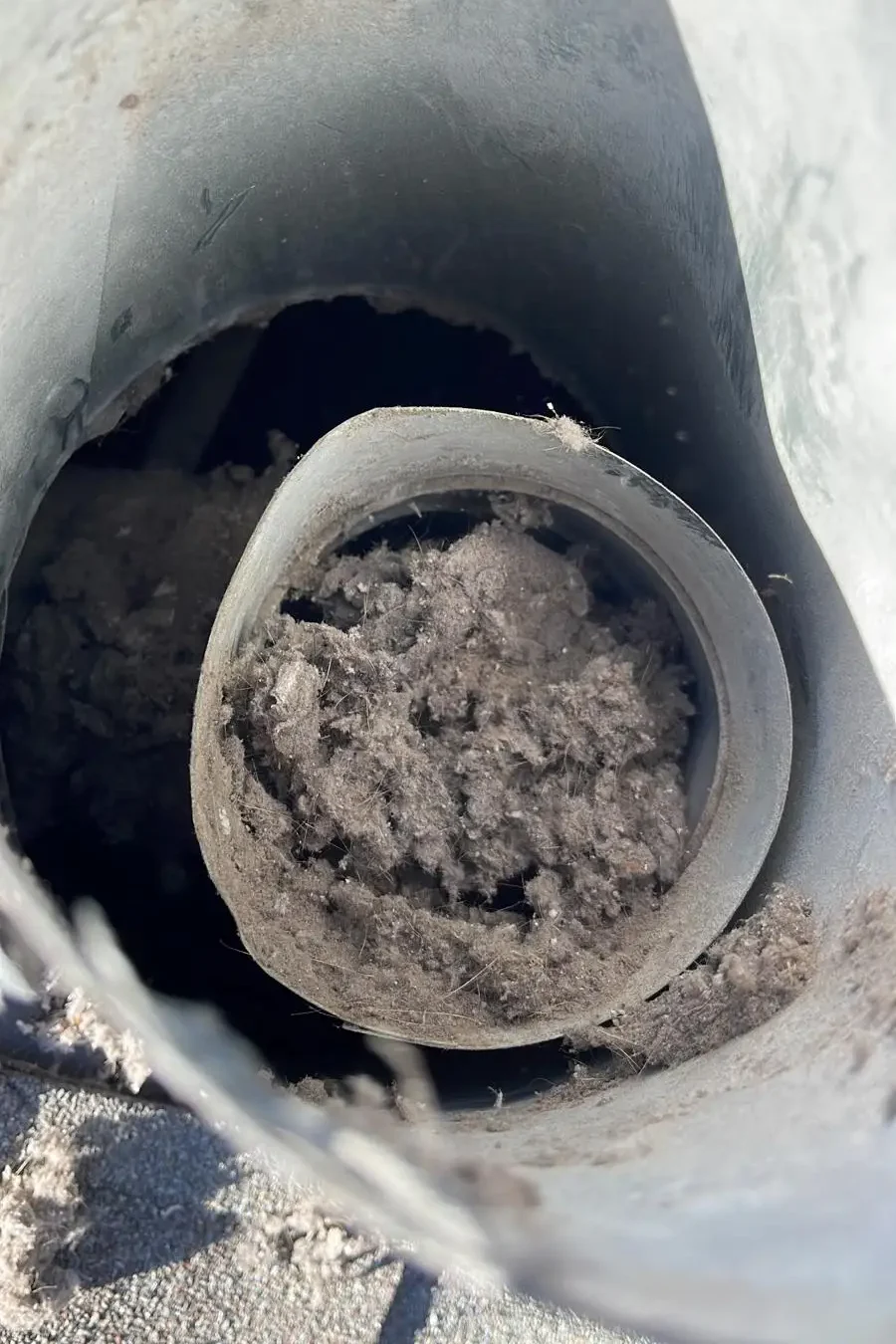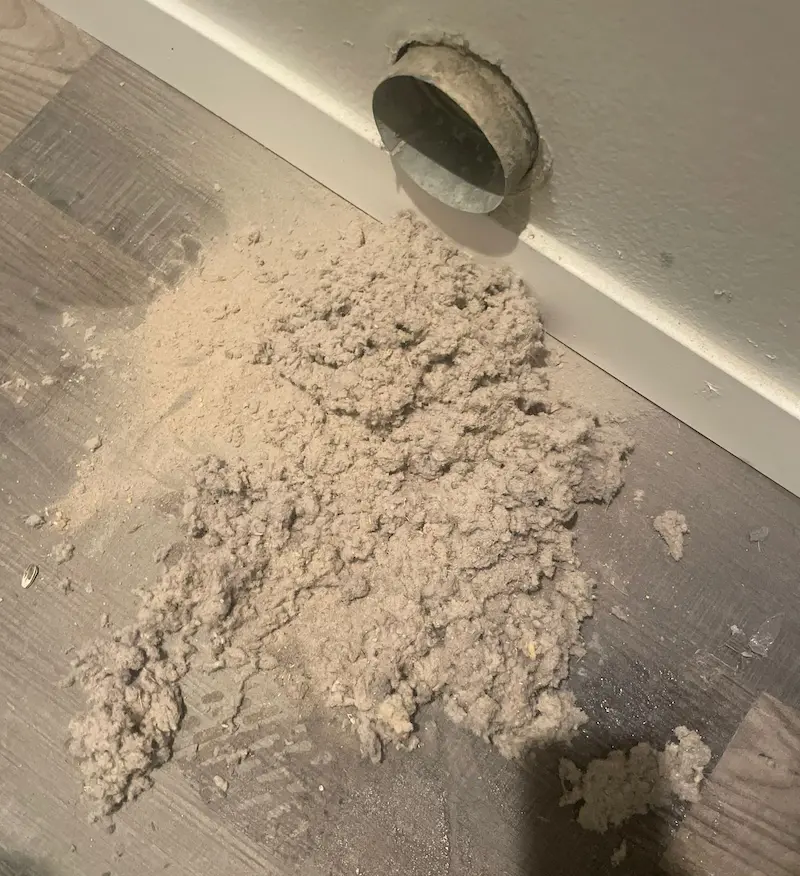Choosing the Best Option for Your Space
When it comes to keeping your home comfortable, one of the most important systems is your HVAC ductwork. It may not be something you think about often, but ductwork plays a vital role in ensuring that your heating, ventilation, and air conditioning systems work properly. In this blog, we’ll explore the different types of ductwork found in homes, and how to choose the best option for your space. Whether you’re a homeowner looking to upgrade your system or a business looking to improve air quality, this guide will help you understand the options available.
Why Ductwork Matters: A Brief Overview
Before diving into the types of ductwork, it’s essential to understand why it matters. Ductwork is the network of tubes that distributes heated or cooled air throughout your home or business. A well-maintained duct system ensures that air flows smoothly and efficiently, keeping your space comfortable year-round. Poorly designed or leaky ducts can cause energy loss, leading to higher bills and discomfort.
Whether you’re building a new home or replacing old ducts, selecting the right type is crucial for both efficiency and air quality.
1. Sheet Metal Ductwork: The Traditional Choice
Sheet metal ductwork is the classic choice for most homes and businesses. Made from galvanized steel or aluminum, these ducts are highly durable and resistant to fire, moisture, and rust. They are a popular option for homeowners looking for a long-lasting and sturdy solution.
Pros:
- Extremely durable and long-lasting
- Can withstand high temperatures
- Resistant to mold, mildew, and pests
- Provides better air quality due to its smooth interior surface
Cons:
- More expensive compared to other types
- It can be challenging to install in tight spaces
- Heavier and less flexible than alternatives
Best For: Large homes, businesses, or areas where durability is a top priority.
2. Flexible Ductwork: The Easy-to-Install Option
Flexible ductwork is made from a coil of wire covered in a flexible plastic material. This type of ductwork is highly versatile and can be bent around corners and into tight spaces, making it a great option for hard-to-reach areas.
Pros:
- Quick and easy installation
- Cost-effective
- Flexible, ideal for tight spaces or retrofitting
- Lighter weight than sheet metal
Cons:
- Prone to kinks and damage if not installed correctly
- Can be less durable than sheet metal
- Can accumulate dust and debris more easily
Best For: Smaller homes, apartments, or areas with limited space for rigid ducts.
3. Fiberglass Ductwork: The Insulated Choice
Fiberglass ductwork is often used in homes where insulation is a key factor in maintaining temperature control. These ducts are lined with fiberglass insulation, which helps reduce energy loss, noise, and condensation.
Pros:
- Provides natural insulation, reducing energy loss
- Minimizes noise from air flowing through the ducts
- Can help maintain a consistent temperature throughout the space
- Ideal for homes in colder climates
Cons:
- Susceptible to damage from moisture or pests
- Can be more expensive than flexible ducts
- Requires careful installation to avoid gaps in the insulation
Best For: Homes that need to maintain temperature control or reduce noise from HVAC systems.
4. Duct Board: The Smooth and Efficient Option
Duct board is made from rigid fiberglass panels and is often used in residential and commercial buildings for its superior energy efficiency. It is constructed with a smooth surface that helps air flow efficiently, which can lead to lower energy costs.
Pros:
- Excellent at maintaining temperature control
- Smooth surface reduces energy loss
- Good for reducing moisture buildup and condensation
- Lightweight and easy to install
Cons:
- More expensive than traditional sheet metal
- Can be prone to damage if not properly maintained
- Limited flexibility in design
Best For: Homeowners looking to upgrade to a more efficient duct system with minimal energy loss.
5. PVC Ductwork: The Lightweight, Affordable Alternative
PVC (polyvinyl chloride) ductwork is a lightweight and cost-effective alternative to more traditional duct materials. Often used in smaller spaces or homes with a limited budget, PVC ducts are easy to install and offer good air flow.
Pros:
- Lightweight and easy to install
- Affordable compared to other types of ductwork
- Resistant to rust and corrosion
Cons:
- Not as durable as sheet metal or fiberglass
- Can warp or bend under extreme heat
- Limited availability in certain areas
Best For: Budget-conscious homeowners or smaller residential spaces.
6. Spiral Ductwork: The Stylish Option for Modern Homes
Spiral ductwork, often seen in commercial or industrial settings, has become more popular in modern residential designs. These ducts are visually appealing, offering a sleek, contemporary look for those who want to make a statement.
Pros:
- Visually striking and modern
- Durable and low-maintenance
- Resistant to corrosion
Cons:
- Higher cost compared to other types of ductwork
- Not as common in residential homes, making installation more specialized
- It may not be the best choice for homes with traditional decor
Best For: Homeowners looking to combine style and functionality in their HVAC system.
7. Hybrid Systems: Combining the Best of Both Worlds
In some homes, a hybrid duct system may be the ideal solution. This combines elements from different types of ductwork, such as using flexible ducts in hard-to-reach areas and rigid ducts for the main HVAC system. Hybrid systems can be highly effective when designed correctly.
Pros:
- Combines the strengths of multiple duct types
- Flexible and adaptable to different layouts
- Offers more options for custom installations
Cons:
- Requires careful planning and installation
- It may be more expensive than standard systems
Best For: Homeowners with unique layouts or those looking for the perfect combination of ductwork styles.
How to Choose the Right Ductwork for Your Home
Selecting the right ductwork for your home involves considering several factors, such as the size of your space, your budget, and your specific heating or cooling needs. Here are a few tips for making the right choice:
- Consider your budget: Sheet metal ducts are durable but can be more expensive than flexible or PVC options.
- Think about energy efficiency: Insulated options like fiberglass or duct board are ideal for reducing energy loss and maintaining temperature control.
- Space constraints: If you’re working with tight spaces, flexible ducts may be a more practical option.
- Look at long-term durability: If you want a long-lasting system, sheet metal or spiral ducts may be your best bet.
Ready to Upgrade Your Ductwork?
At the end of the day, choosing the right ductwork for your home is essential for both comfort and efficiency. Whether you’re looking for a long-lasting sheet metal solution, an affordable flexible option, or a hybrid system, there’s a duct type that fits your needs.
If you’re ready to upgrade your ductwork or need expert advice, our team of professionals is here to help. Contact us today for a free consultation, and we’ll guide you toward the best solution for your home or business!




